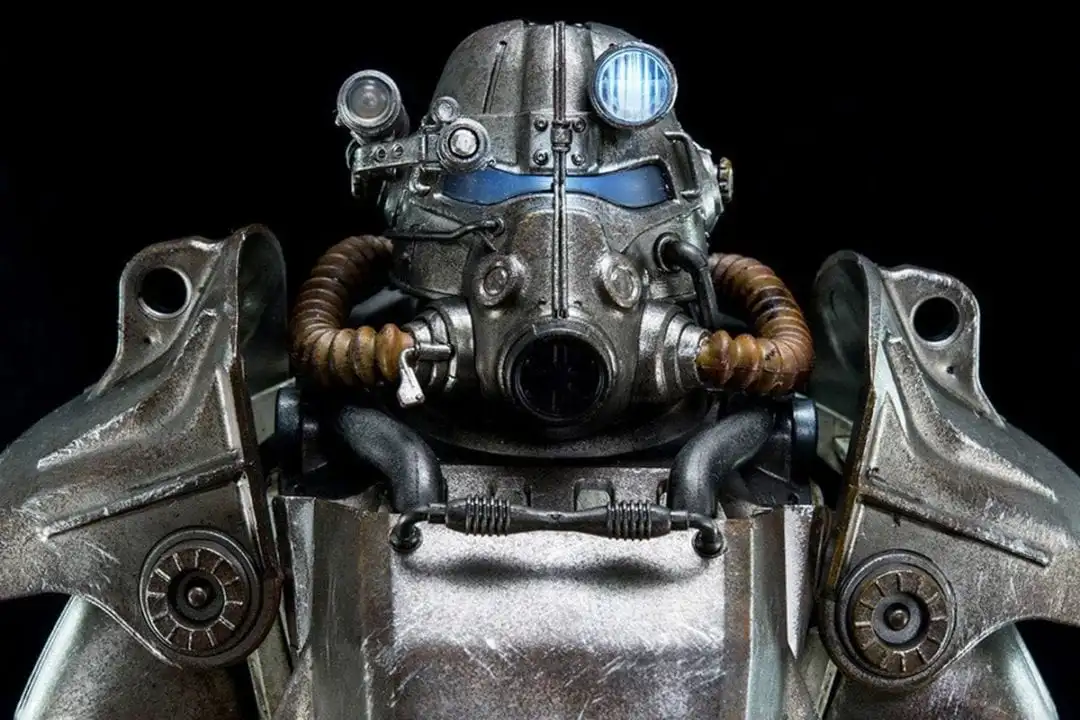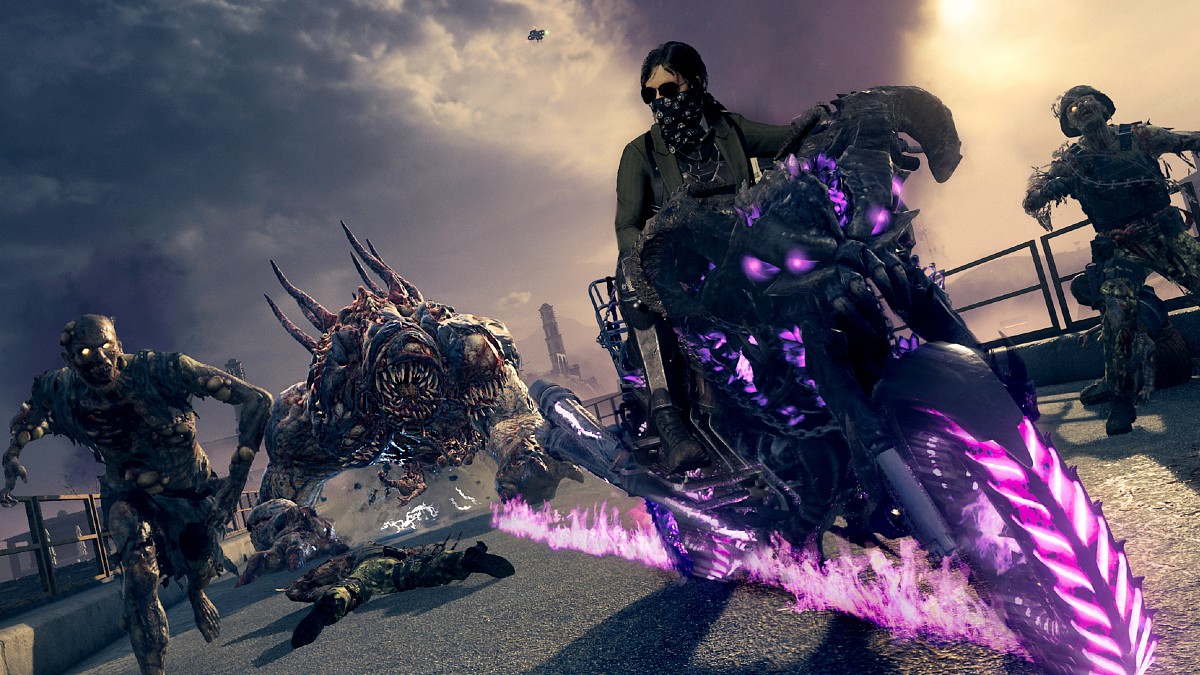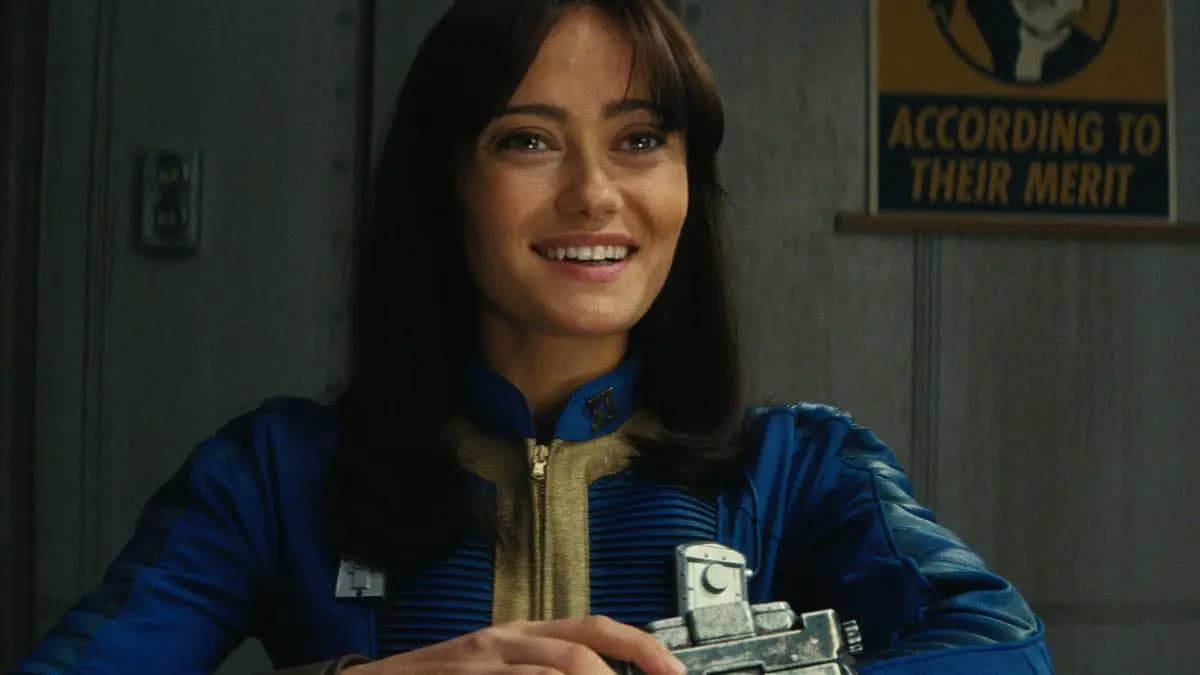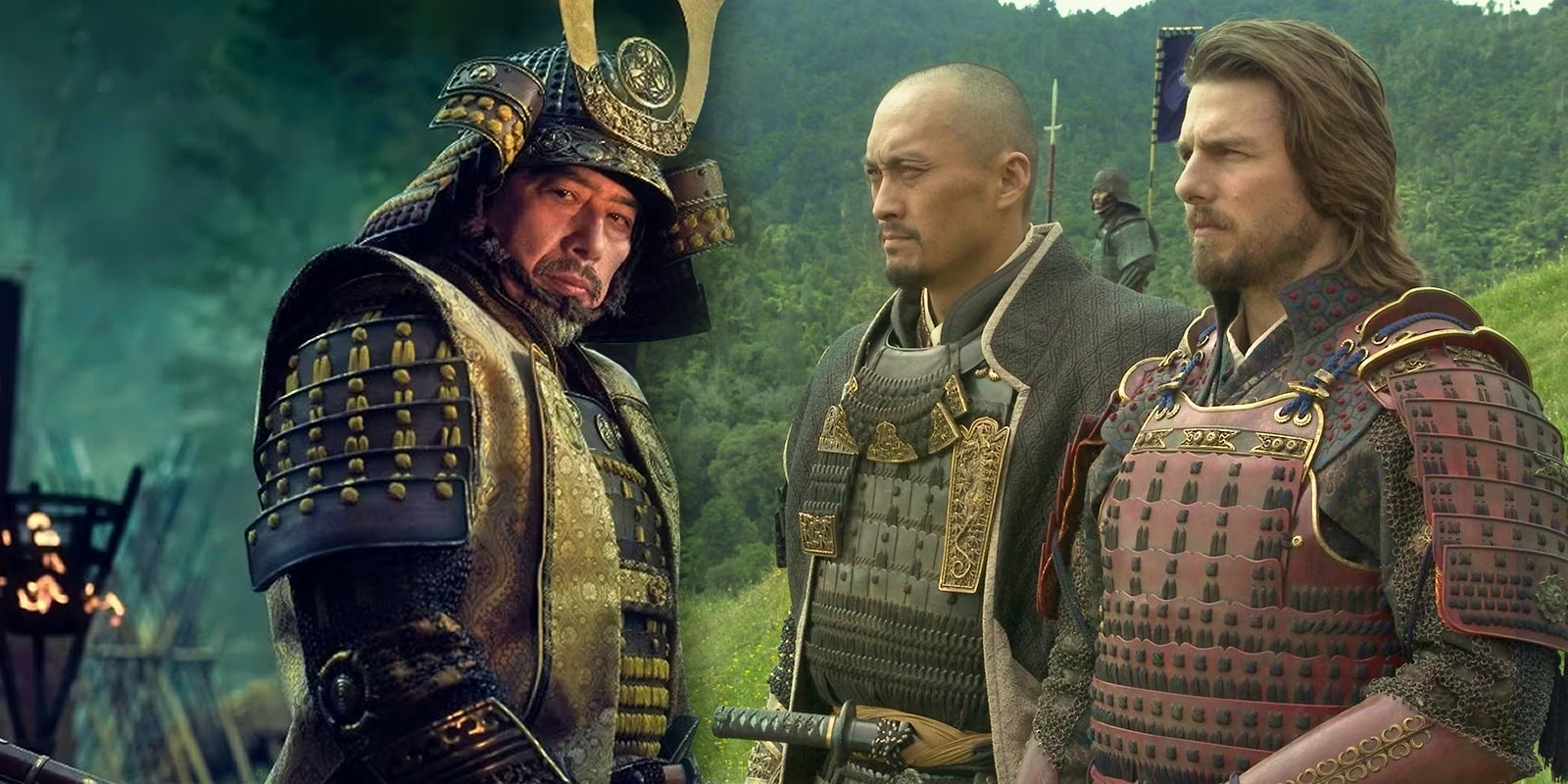On November 20th, 1983, ABC broadcasted a made-for-television movie called The Day After, starring a number of notable screen actors and directed by none other than Nicholas Meyer of The Wrath of Khan fame. The marketing for the film featured a number of pithy, historically meaningful blurbs, including the mysterious suggestion that the movie was “Beyond imagining …” which, if you think about it, sounds ridiculous for a number of reasons.
In the film, world politics turned ugly overnight and somebody, somewhere pressed The Red Button. Missiles roared skyward, the Russians vaporized Kansas City, civilization broke down, soldiers abandoned their posts, farmers locked away their daughters and Steve Guttenberg got radiation poisoning. Basically, the sum of all fears.
Every filmmaker, to a greater or lesser degree, wants his or her film to change the world. The artists responsible for The Day After practically demanded this outcome. The epilogue of the film says it all:
“It is hoped that the images of this film will inspire the nations of this earth, the peoples and leaders, to find the means to avert [nuclear war].”
In other words, the filmmakers wanted their film to serve as a wake-up call to world leaders (who were assumed to watch lot of TV). They got their wish. The film was a monumental success and, combined with Sting’s powerful, lyrical hope that the Russians loved their children (too), formed the nexus of a cultural revolution which apparently convinced all self-respecting, music-loving, TV-watching nuclear powers to reconsider the whole Cold War thing and sue for peace. Walls fell, evil empires collapsed and the nuclear arsenals of the U.S.A. and U.S.S.R. were wheeled into the basement. For the world, it was a happy ending. For myself and many like me, it was but the beginning of a lifetime of neurosis stemming from a childhood of unrealized terror.
Author and filmmaker Daedalus Howell calls this particular neurosis a “preteen thanatos,” likening the post-traumatic stress of viewing The Day After as a child, and his ensuing lifelong melancholy, to Freud’s theory that the realization of one’s own imminent death induces within one an urge to (and here I paraphrase) get the hell on with it, prompting violent and/or self-destructive behavior. In this case, however, we are talking about thanatos on a cultural scale. The Day After, coming as it did, at the height of U.S.-U.S.S.R. Cold War tensions, catalyzed the volatile atmosphere of nuclear hysteria in the U.S., terrifying an entire generation of American children into fervently doubting the possibility of ever reaching adulthood, while at the same time inducing those in power to abandon the very course of action which might have led to the realization of that terror. In other words: thanatos interruptus.
Those of us at the cusp of Generation X should have rejoiced. We did not. Deep down, we felt a sense of profound sadness – of loss. I, for one, had made plans. Following Armageddon, I’d been counting on the chance to explore the ruins of Western civilization, dreamed about my future as a hero and savior rising from the ashes to lead mankind to salvation and literally salivated at the prospect of convincing Jenny Cartwright to let me touch her breasts before the bombs fell – I’d been cheated, in other words, out of the best parts of my as yet un-lived life. More than 10 years would go by before I’d begin to figure out how to deal.
The brilliant Impossible Mission, from Epyx, started the journey, putting me into the mysterious tights of a mysterious man on an even more mysterious (and impossible) mission. Armed with only his wits and a fantastically rendered somersault trick, the mystery man managed to maneuver his way through a maze-like secret complex, avoiding deadly traps and thwarting evil robots along the way. The absence of other human beings in this complex, yet abundance of human objects, suggested a bustling installation which somehow, and for some reason, had been rapidly evacuated. Either the designers at Epyx had brilliantly conceived this game as part of a long-range plan to soothe my shattered ego, or my imagination was humming at just the right frequency to perceive IM‘s empty hallways and eerily unpopulated work stations as post apocalyptic. Either way, the game’s sense of atmosphere moved me profoundly.
I hesitate to mention Mad Max, for the NES, because it is honestly not that great of a game, but it did make the Apocalypse seem fun. Fast cars, half-naked women, vast desert landscapes (all imagined, of course – the graphics looked terrible); for a kid with an apocalypse fetish, it was a must-have. I had it. It helped. Let’s move on. Like that girl at that party that night that I was upset about that other girl going off with that guy, it’s best we don’t talk about it in any great detail. Someone bought it for me. Or maybe it came with my NES. Please, let’s just move on.
Many years later, I found the bright, shining champion of post-apocalypse gaming. Half-Life, with its brilliant artificial intelligence, engaging story and near-perfect immersion, placed me into the suit of a man just trying to survive the unimaginable in a way no game had ever done before. Crawling out of the shattered passageways of the Black Mesa complex was like crawling out from under half a lifetime of repressed fears and barely-remembered emotional scars. I’d been waiting for a game like Half-Life for a very long time. It brought me one step away from completing my journey.
Fallout, Black Isle’s innovative post-apocalyptic RPG, finally forced me to face my darkest fears. In Fallout, the world has been reduced to rubble – yet you survive. You begin the game inside a community fallout shelter called a “Vault,” where you have lived for your entire life. The Vault Elder informs you that there is a problem. The water purifier is failing, and the elders have decided that someone has to go outside to find a new one. They’ve chosen you.
Not since the heady days of Glasnost and Infocom text adventures had a game begun with a more pitch-perfect set-up. The massive door of the Vault opens and you are unceremoniously thrust out of the only home you’ve ever known and into … well, The Day After. Only, in the game, it’s actually been decades after. And, as bad as we’ve been led to believe the world will get in the days following World War III, in the years following that, it’s become much, much worse.

To paraphrase the character played by John Lithgow in The Day After, who was, in turn, quoting Albert Einstein:
“I don’t know how World War III will be fought. But I do know how World War IV will be fought – with sticks and stones.”
The desolate imagery and desperate sense of hopelessness in the face of unimaginable tragedy make Fallout a difficult game to finish (especially for a Day After Kid), but it is precisely the ending of this game that makes every moment of pain and frustration worthwhile. Watching the Fallout‘s ending cut-scene rendered me utterly speechless. I literally could not summon the words or thoughts to describe my emotions. I had experienced this sensation only once before, on November 20th, 1983.
As the final Fallout credit rolled up the monitor, and the screen turned black, I slowly regained control of my faculties. I got up from my chair, stumbled out into the garden and stood silently for the remainder of the afternoon, listening to the sound of the world and contemplating my existence. I felt an almost indescribable sense of calm. I’d been Gordon Freeman, saving the world with a crowbar. I’d been the nameless secret agent, cart-wheeling my way through the laser beams. I’d been the Road Warrior, refusing to just walk away, and saving the juice for all mankind. Now, finally, I was the Vault Dweller, kicking ass and chewing bubblegum in my blue jumpsuit. I’d finally gotten my chance to experience the challenge of surviving in the radioactive maelstrom of post-nuclear America, and had not only survived – I’d conquered. It was, as ridiculous as this may sound, the first time in my life that I felt completely sure of who I was, and of what I was capable.





